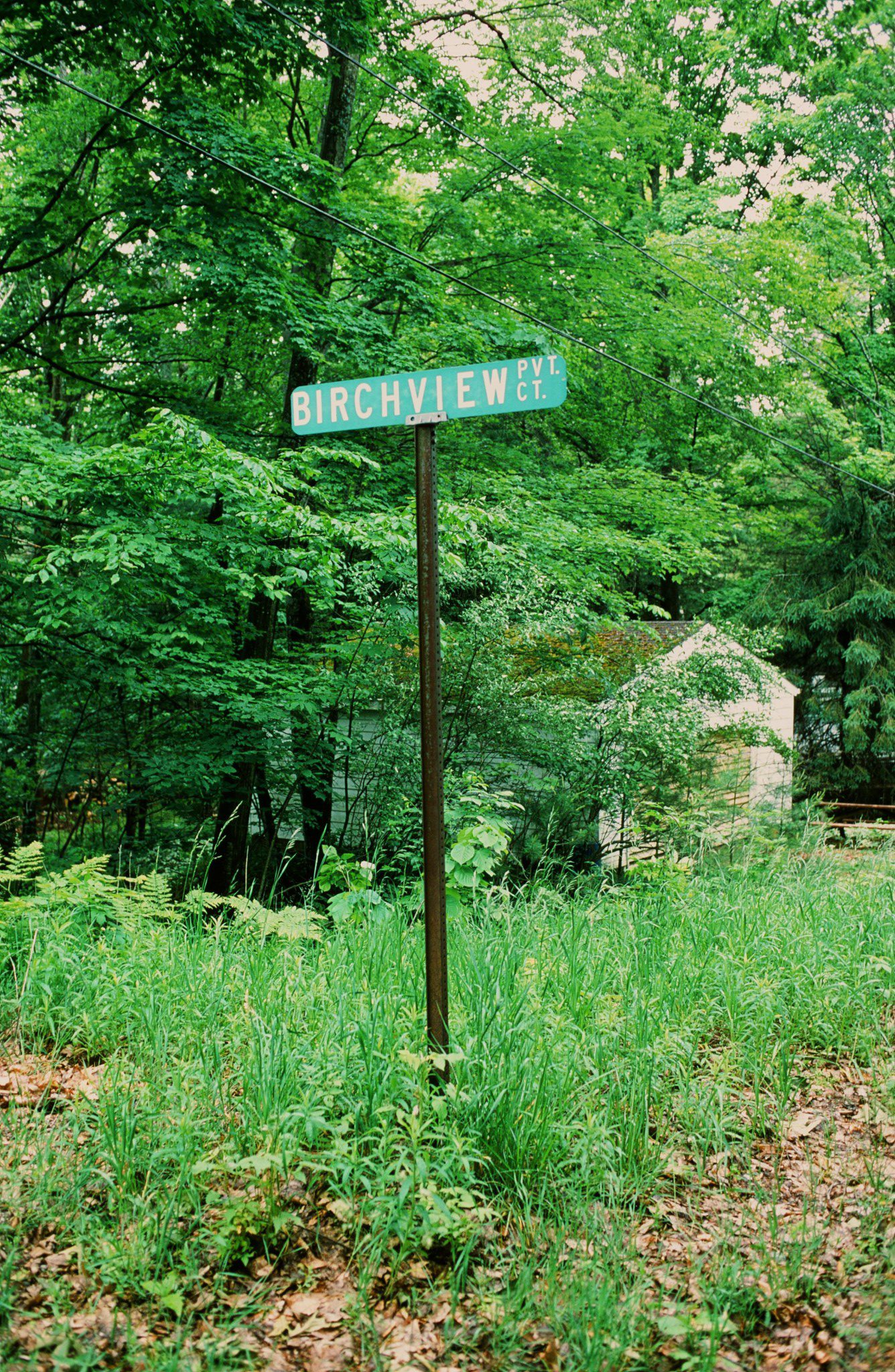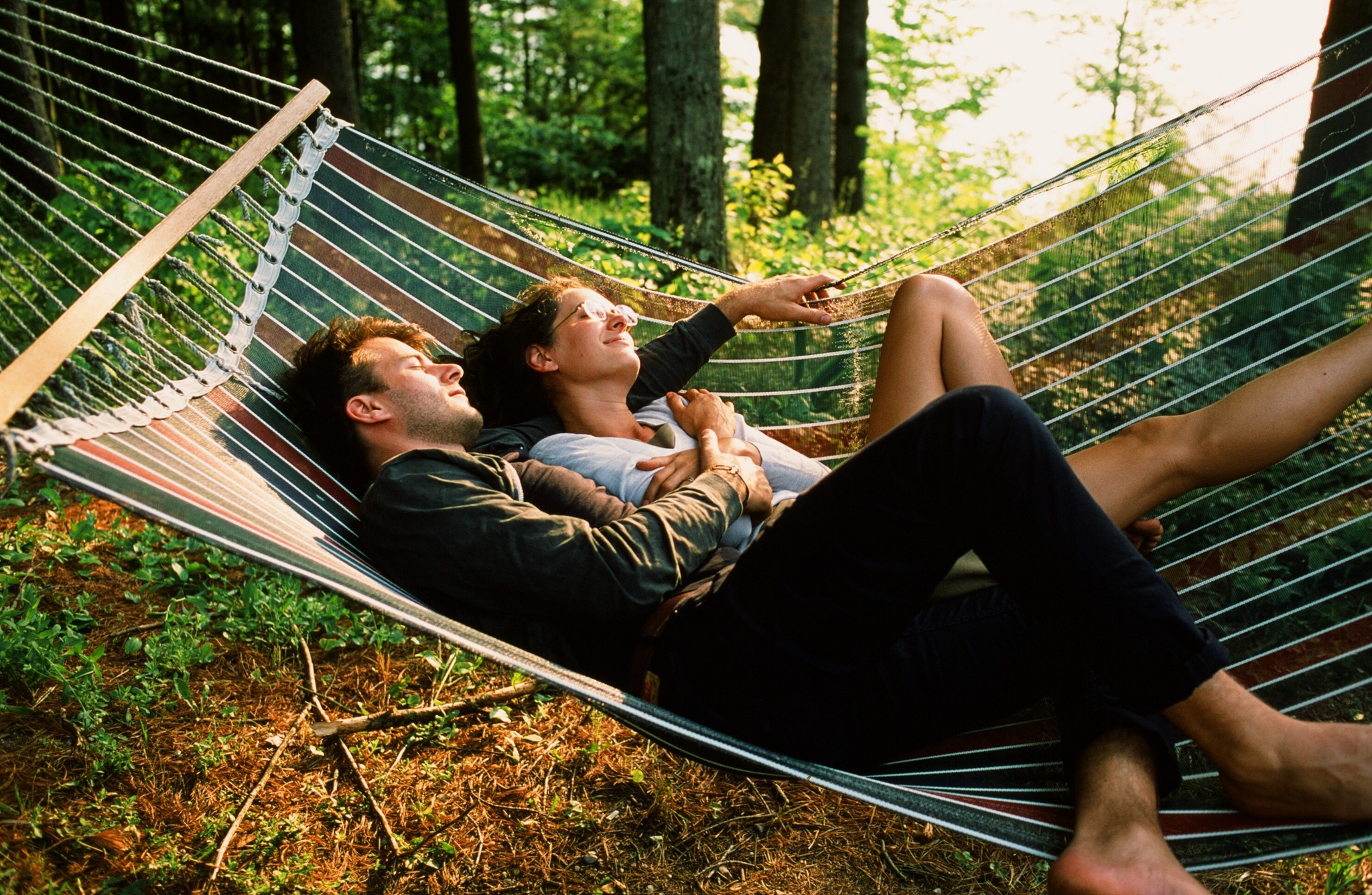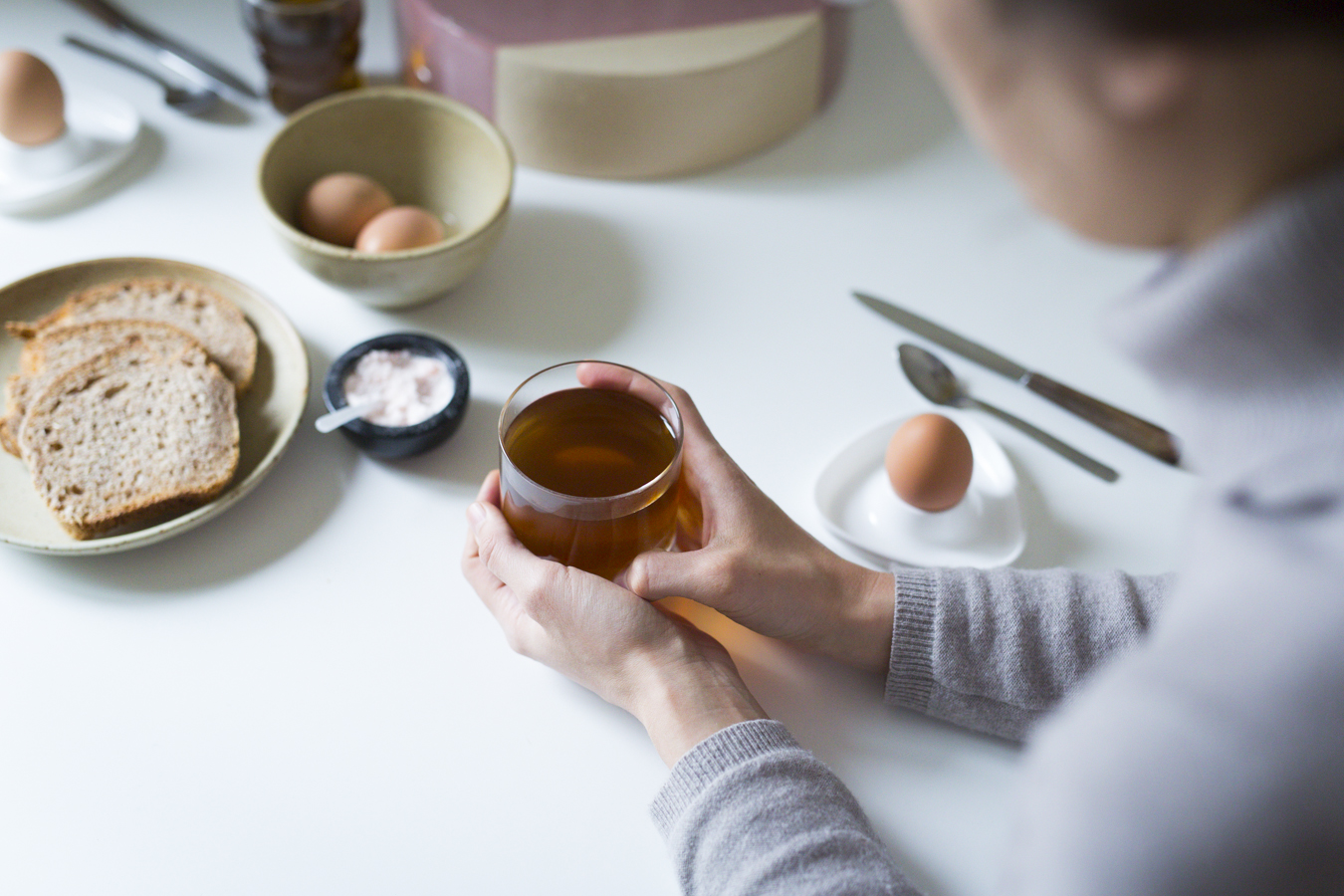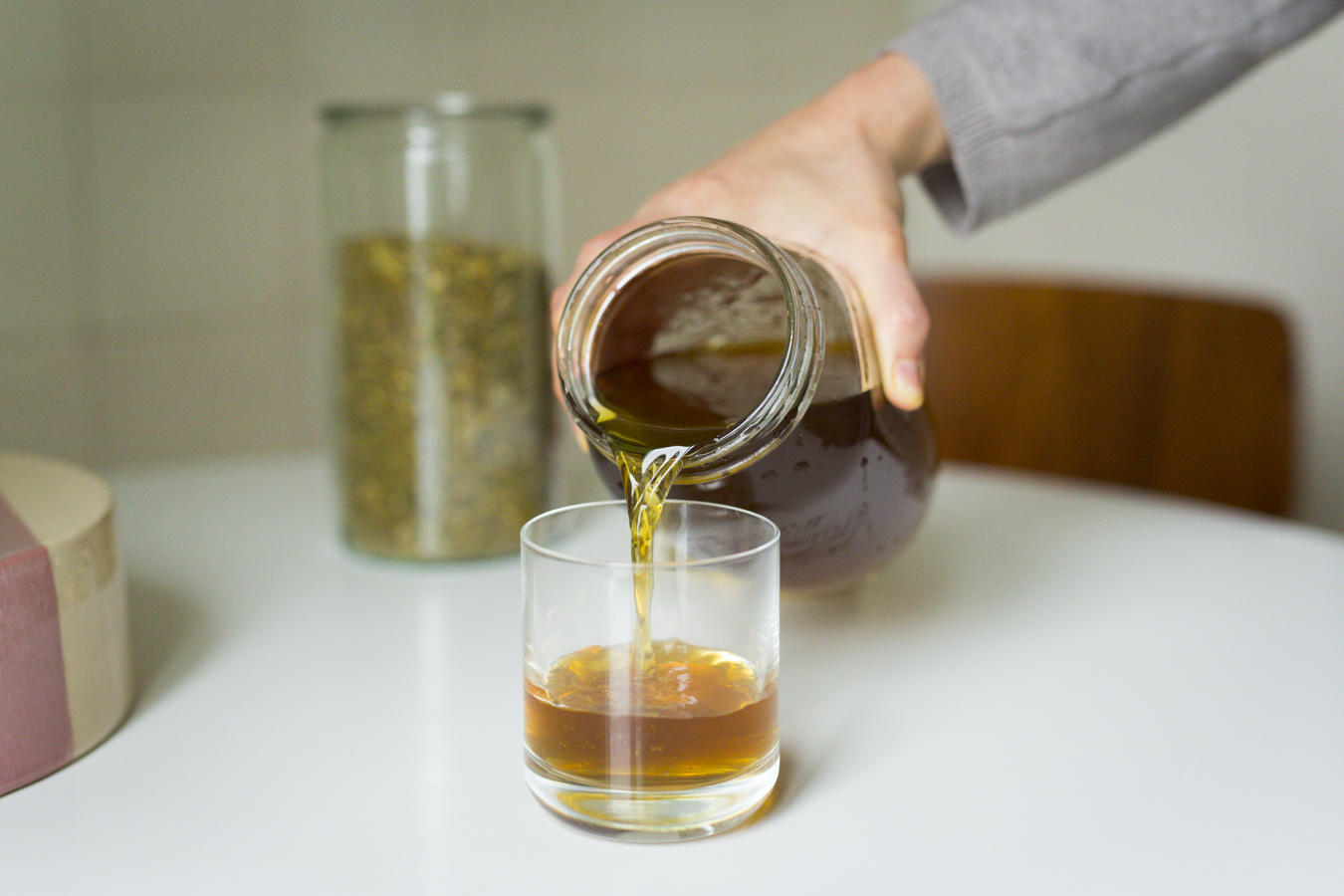Illustrated w/ photos Lu took while we were in Leelanau, MI for Jonkinsfest 2017.
It’s been a while, dear reader.
In March I left Geneva for the Pacific North-West to spend 10 Spring weeks living and working and learning in southern Oregon–land of Douglas firs and Jeffrey pines, rolling hills and grass-fed cows, bare-feet in unexpected places (like the local general store which, it must be noted, sells not only beef jerky and beer, but also organic avocados, raw chocolate and tubs of CocoBliss ice-cream), pot farm upon pot farm, and also Herb Pharm, grower of medicinal plants (with the exception of the aforementioned one), maker of tinctures, bearer of an intensive work-study internship for budding herbalists like me.
If I’d been feeling isolated and adrift in Geneva, these 10 weeks slung me toward the opposite side of the spectrum: I lived with 9 other housemates and 1 roommate in a house on the property where we farmed 4 days a week, took classes in the evenings and on Fridays, went on plant walks most Saturdays, all while sharing meals and chores and a medicine shed for medicine-making, and also our space, our time, ourselves.
Community is a concept that is thrown around a lot these days. Like sex-positivity, or “standing in your power”, or radical self-care; terms you can conceptually be on board with but that become a lot more nuanced the more you actually attempt to enact them in your daily life. Their meaning starts to bend and shift–to the point where maybe you begin to wonder if you ever really understood them at all.
I’ve spoken at length about the importance of community, particularly in regards to healing from a chronic illness, and, to be completely honest, I had no idea what I was talking about. Of course, I didn’t recognize that then. But I can see now that what I was doing was repeating rhetoric; it’s the difference between learning about a plant from a field guide, versus actually being out in the field and sitting with a plant.
Because what I learned is that community is complicated: it’s automatic and isn’t, one has a hand in creating it and, at the same time, it just is, it’s changeable and fixed, it takes many forms yet is almost always immediately recognizable. Most importantly, its radius is broad, extending far further afield than most of us can see.
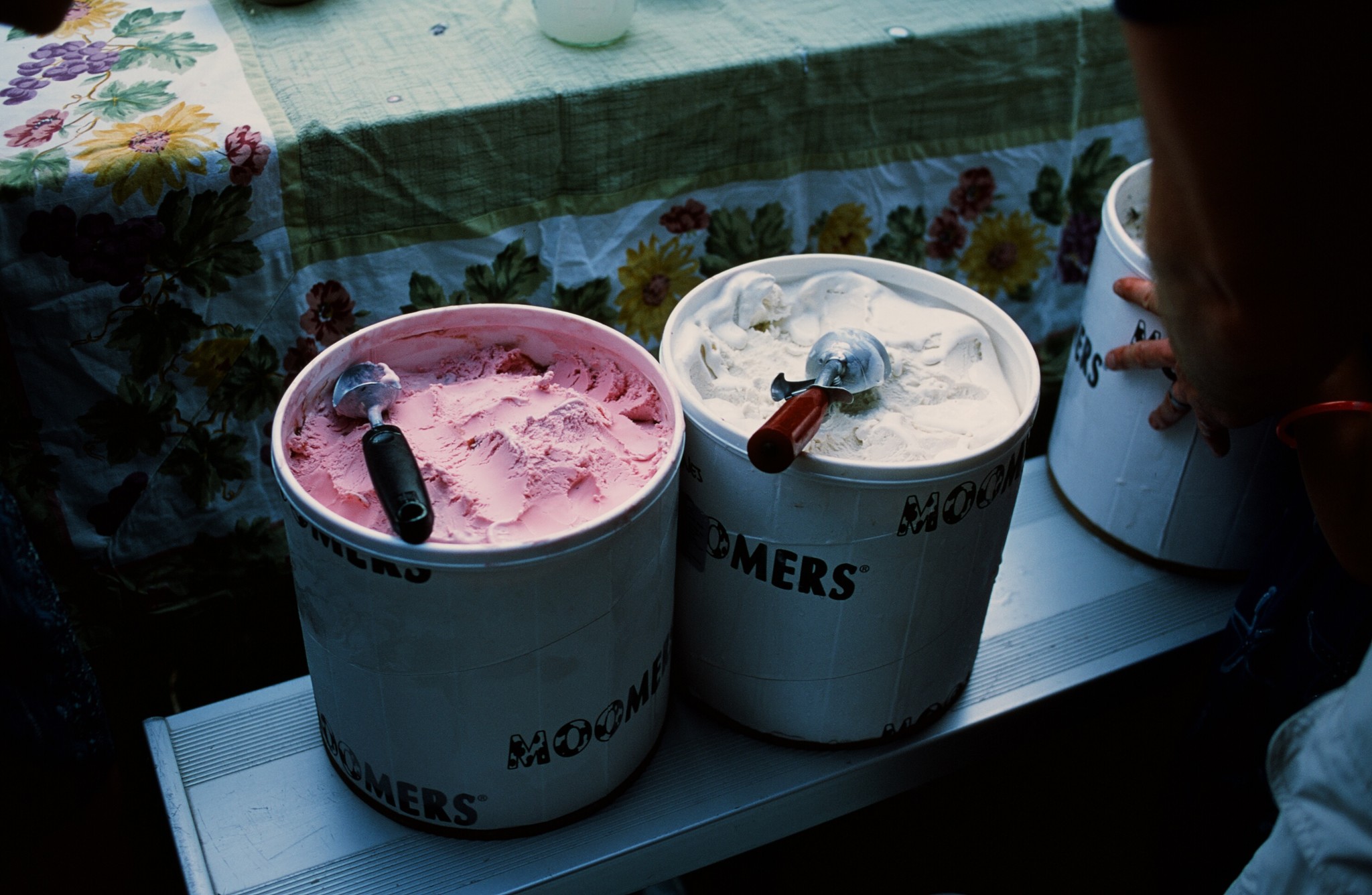
 It wasn’t until the last day of the internship that this really sunk in. During our closing ceremony, the farm crew reads excerpts from our applications and one paragraph from my sweet friend Clara’s shed much light on this for me.
It wasn’t until the last day of the internship that this really sunk in. During our closing ceremony, the farm crew reads excerpts from our applications and one paragraph from my sweet friend Clara’s shed much light on this for me.
I don’t recall her exact words, but she spoke of her community extending to, not only her people, but also “the animals, the plants, the landscape that surrounds me, the earth beneath my feet, the sky above my head” (I may be taking poetic liberties with this quotation)–essentially, every animal, plant, mineral, every element that we are greeted with and surrounded by, positioned within each and every day.
(Now I realize that this may sound a bit *out there* for many of you, but bear with me.)
I’d been introduced to this concept before, but I hadn’t ever experienced it. Many of my favorite herbalists speak of plant allies–getting to know one or two plants intimately, being able to call on them in a time of need. I’d chosen my allies, bought them in big plastic bulk bags and made nourishing herbal infusions, ordered amber bottles of tinctures. Perhaps even passed them on a walk in the woods, said a quick hello, harvested them hurriedly.
What I didn’t do is build a relationship. I never sat with them, or spoke with them, or thanked them, or planted them. My radius was small, I didn’t or couldn’t really consider them to be part of my community because the way they present their consciousness is so different from mine.
(Which is also the type of thinking that prevents people from recognizing other people as members of their communities, more often than not, but I digress.)
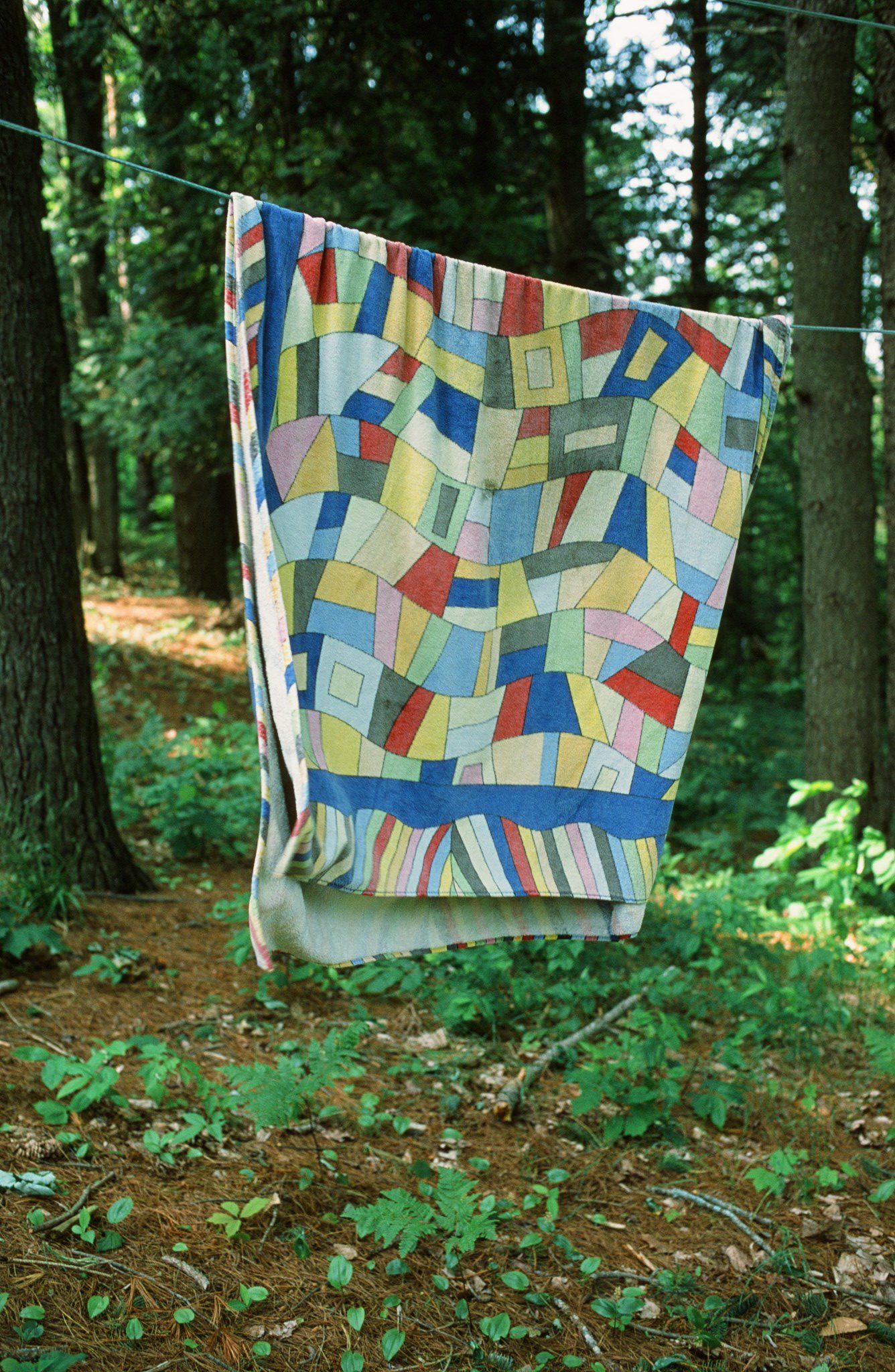 Part of my healing journey with chronic illness has been using herbal medicine to heal. At one point, I was taking over 20 different tinctures, using anything and everything that I’d heard could help. Herbs are powerful this way, because they have active constituents that do specific things.
Part of my healing journey with chronic illness has been using herbal medicine to heal. At one point, I was taking over 20 different tinctures, using anything and everything that I’d heard could help. Herbs are powerful this way, because they have active constituents that do specific things.
For example, while hawthorn is known in folkloric medicine as a heart-healing herb, we now have scientific studies that tell us the flavonoids and procyanidins in the berry reinforce the heart’s pumping capacity, support coronary blood flow, and provide antioxidant protection to the heart. Folklore aside, if you “take” hawthorn for blood pressure regulation, it will help.
That’s one way plants work.
But what if you get to know hawthorn, draw it into your circle? What if you find a tree, spend some time sitting under its branches, give an offering of thanks? What happens when you start to consider hawthorn to be, not just a medicine in a bottle, but a living member of your community?
The studies of how spending time in nature positively affects our physical and mental health are piling up, as of late. If just spending time among plants is healing, what then of spending time with *specific* plants, the ones you’ve chosen (or that have chosen you) to help heal?
We, as humans, are social creatures. We’re not meant to live in isolation. And the truth is, we never really are; we’re surrounded, at any given moment, by community members–the sky over our heads, the earth under our feet, the plants growing all around us. Plants are conscious beings which means that we can build relationships with them. They should not, in my opinion, be considered as commodities, but as members of our greater community. This, for me, is where healing begins.
Practical Application:
I want to start w/ a bit of a disclaimer. The kind of shift I’m speaking about happened while I was able to take 10 weeks off of “work” (as defined as earning money), while I was able to live in a rural environment. I recognize this is a privilege many do not have.
I find one of the issues w/ the influx of *holistic wellness* advice on the interweb and other spaces is that the practical application can prove unmanageable for many, can make many feel as though what they’re doing is not enough.
This shift can be small. Where ever this finds you, I bet there’s at least one plant you can find to spend some quality time with. While visiting a friend in northern Brooklyn, I noticed her street was lined w/ American Linden trees (a medicine she happens to have an affinity for); in fact, one was growing right outside of her door.
So find a plant that is calling you. Spend some time w/ it, sitting under it or beside, noticing the way its leaves are formed, how they move or stay fixed in the breeze, what flowers they bear, what feelings they bring. You may be surprised at what you unearth.
